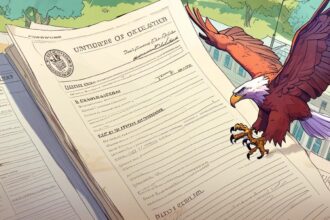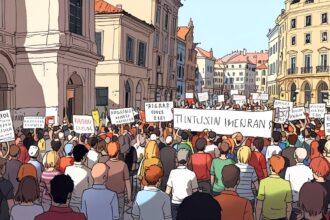In March, US inflation exceeded expectations, reaching 3.5% and impacting the anticipated timing of Federal Reserve rate cuts, amid rising prices for shelter and gasoline.
US inflation unexpectedly climbed to 3.5% in March, surpassing economists’ predictions of 3.4% and challenging expectations of imminent Federal Reserve rate cuts. Following this latest Consumer Price Index data, which indicated a higher than forecasted rise from February’s 0.4% increase, market anticipation for interest rate reductions has shifted, now projecting possible cuts not before November. Originally, up to six rate cuts were expected in 2024.
This persistent high inflation, driven notably by rising shelter and gasoline prices, has complicated the economic landscape. March saw gasoline prices jump by 1.7% from February, with a 1.3% increase on a year-over-year basis, while shelter costs saw a significant annual increase of 5.7%. These factors contributed to the shift in market expectations, as bond yields rose and stocks fell in response.
The Federal Reserve, under pressure to manage these inflationary trends, continues to face challenging decisions regarding interest rate policies, attempting to balance between controlling inflation and supporting employment. Despite robust job market performance, with 303,000 new jobs added recently, the persistent inflation overshadows the prevailing economic optimism.
This economic environment poses a notable challenge for President Joe Biden as the November 5 election approaches, with his administration’s economic strategies under increasing scrutiny. The Federal Reserve’s ongoing struggle with interest rate decisions reflects the broader uncertainty in achieving its 2% inflation target amidst varying economic signals.













